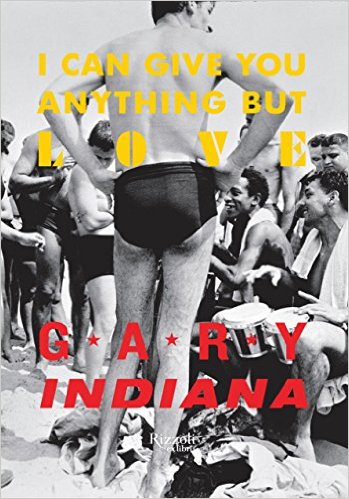AN HOUR BEFORE I was due there, I was surprised to read on my calendar that I was part of a reading group at the Huntington Library in San Marino, part of the hundredth birthday celebration of the writer Christopher Isherwood, born in 1904. I’d totally forgotten. His widower, Don Bachardy, had asked me some months before, and I had long ago found and marked a passage in Mr. Norris Changes Trains (1937), set in Hitler’s Germany, where a homosexual nobleman remembers those wonderfully free days of earlier gay life in Berlin. When I arrived, the auditorium was packed, standing room only, with movie and TV cameras scattered about. An usher seated me in the front row, I found my place in the book, and tried to catch my breath after the rush to get there and the hubbub of the event.
Suddenly I felt an elbow dig into my rib, and a familiar voice said, “Hey kid, do you know where the bathroom is?” I turned. It was the actor Mickey Rooney, and on his other side his wife (number eight?), almost twice his size and resembling a somewhat pulled together Morticia Addams. I looked on my other side: actor Michael York and his wife, then actress Gloria Stuart, and then Don. I’d been at the Huntington before and directed Rooney to our left and up the hallway, marveling that I was sitting next to someone whose films I’d seen most of my life, beginning on TV back on Long Island. He was Andy Hardy, boyfriend of Judy Garland, speaker of the line “I have an idea! We’ll put on a show in the barn!”
I felt another dig in my rib. “Hey, kid. I just had a cataract operation. Could you take me there?” So I stood up and he grabbed my arm, and I walked Rooney across the front of the auditorium and up the corridor to the men’s room. At the washroom doorway I recalled his eye problem and decided to take no chances. “Straight ahead. I’ll wait out here.” A few minutes later he was reseated, and I was up on stage, the first reader.
I bring up this anecdote because it probably will find its way into a future memoir that I write. I’ve published two volumes of True Stories, which have been well-reviewed award finalists, and I may yet do another. These aren’t quite memoirs, but as I explain in each preface, memoirs in negative: by writing about people in my life who’ve been important to me in some way, I am writing about myself. Also, the anecdote illustrates something intrinsic to my life: I meet many famous people, usually under odd circumstances, for better or worse.
Later that evening, after we readers dined at a French place in Pasadena, Gloria Stuart said she’d lost her ride and asked if I could drive her home to Santa Monica. In the car I asked if she were the same Gloria Stuart I’d seen in ’30s horror films like The Invisible Man and The Old Dark House. She admitted she was, adding that she was the favorite ingénue of gay director James Whale. She told me her career had been revived in her eighties with My Favorite Year and especially Titanic, for which she received an Oscar nomination. She knew who I was and said, “Like you, I was an early activist. I was called a socialist when I helped found the Screen Actors Guild.” We gabbed all the way back to her place—a rose-encrusted cottage directly across the street from the scene of the O. J. Simpson murders. We then became pals until her death at age 100.






